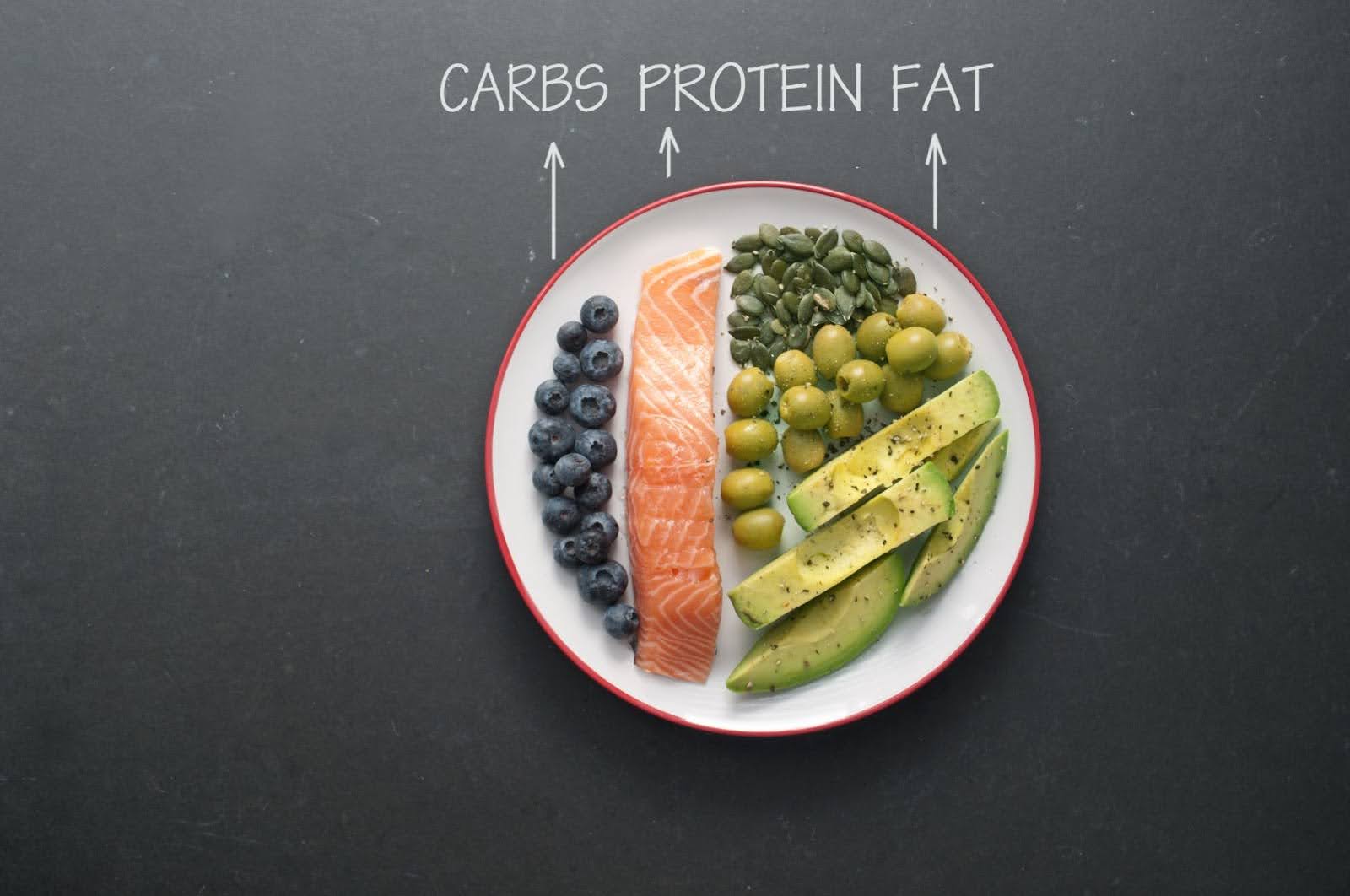Macronutrients. Let’s talk about ‘em, shall we? Now, you’ve probably heard the word bandied about in one form or another (macros is the gym-bro translation). But what is this magical concept? Why does it sound so complicated? Do you have to be a scientific wunderkind just to get your head (and gut) wrapped around it? Is it really the Garden of Eden for health and wellness that it promises to be? And final question: can I still scarf down multiple Whoppers and Double-Doubles while abiding by them?
Well, good sir or madam, all your questions will be answered and more, because we’re going to demystify and clarify everything you need to know about macronutrients!

What Are Macronutrients?
The definition of macronutrients, or macros, is simply chemicals derived from foods that are required by our bodies in large amounts, resulting in necessary processes like muscle growth, energy production, and maintenance. When our macronutrient ratios are off, we experience dietary imbalances that lead to suboptimal health, such as low energy and excess fat storage.

Macronutrients Vs. Micronutrients
The difference between macronutrients and micronutrients will ease a lot of the confusion you may be feeling around the topic. So-so-so simply put, macronutrients include:
• Carbohydrates: found in breads, pasta, rice, as well as sugary or starchy vegetables, such as grapes or potatoes, respectively.
• Fats: found in oils, nuts, dairy products, and certain fruits (avocados).
• Proteins: found in foods such as tofu, eggs, fish, and meat.
And each has a specific number of calories per gram: Carbohydrates have 4 cal/gram, protein has 4 cal/gram, and fats have 9 cal/gram.
Whereas micronutrients are typically known as vitamins and minerals, and include:
• Calcium
• Iron
• Folate
• Zinc
• Vitamins B-6, B-12, C and E
![]()
The Benefits of Tracking Macronutrients
Although it’s long been known that counting calories is an effective way to manage food consumption, ultimately resulting in weight loss, a new mindset has been adopted across many in the fitness and nutrition industries. It turns out that tracking macros can be one of the most effective ways to stay healthy. And unlike counting calories, that can often seem overly analytical and take most of the joy out of the eating experience, tracking macros can be an easier, simpler, and much more pleasurable way to eat right for your specific body type and nutritional goals.

Macronutrient Tracker Apps
Luckily, there are plenty of macronutrient tracking apps on the market that make it easy-as-pie to track your macros with a click of a button, giving you insights into how you’ve been eating, while helping you reach your food goals. Here are two examples:
MyFitnessPal: An ever-popular smartphone app that can be used to track both calories, macros, and even daily exercise. This is a great choice for those looking for a wide variety of options to choose from.
Stupid Simple Macro Tracker: Designed with a truly simplistic approach, this no-frills app has a user-friendly interface that takes literal seconds to track your macros.
![]()
Macronutrient Ratios for Every Fitness Goal
Now that we’ve explored the macronutrient universe in all its glory, let’s now get to the good stuff. It turns out that you can utilize a specific macronutrient ratio for a number of different fitness and health goals. These of course are just examples and guides, so don’t go overboard hitting your exact macronutrient goals.
But it’s a nice way to steer your eating habits depending on what you’ve consumed earlier on. For example, let’s say you’re at work and ole’ Janice (the office social organizer) whips out a birthday cake for Mike. You don’t want to be rude, of course, so you have a slice. Does this destroy all the progress you’ve made in the day? No! You simply take those macronutrients into account, and eat accordingly during the latter half of the day.
There are many other factors that can come into play when trying to achieve certain goals, so again these are just examples of what you can do for your macronutrient ratios.
Goal #1: Athletic Performance
This is for competitive athletes – people who play in weekly team sports or anybody looking to maximize their athletic output.
Example macronutrient ratio: 25% Protein, 20% Fat, 55% Carbs
Goal #2: Endurance
This is for those involved in endurance sports, such as running, boxing, or brazilian jiu jitsu, to name a few.
Example macronutrient ratio: 15% Protein, 25% Fat, 60% Carbs
Goal #3: Strength Training
Looking to bulk up, put on muscle, and get those gains? This is for you.
Example macronutrient ratio: 30% Protein, 30% Fat, 40% Carbs
Goal #4: Weight Loss
If you’re interested in cutting your weight and shedding pesky body fat, this is for you.
Example macronutrient ratio: 30% Protein, 20% Fat, 50% Carbs
Goal #5: Maintenance
If you’re happy with your body right now, good for you! Now it’s time to maintain your healthy weight for the long term.
Example macronutrient ratio: 30% Protein, 40% Fat, 30% Carbs

Well that’s it, friend! You’ve now got the macro-tools to reach all of your nutritional goals! But wait you say – don’t you also need some sweet professional fitness guidance? Well we’ve got you covered there, too! Sign up for a Free Trial with Studio SWEAT onDemand, to get unlimited access to our huge library of virtual fitness classes, including: Indoor Cycling, Yoga, Barre, Kickboxing, Core, Strength Training, Outdoor Workouts, and many more online classes. Sign up today, and let’s smash those goals!









Comments - 0